How to Stop People from Forwarding Your PDF Files
You spend hours creating the perfect PDF - maybe it’s your portfolio, a business proposal, or exclusive content. Then you find out someone forwarded it to half the internet without asking. Sound familiar? Here’s how to actually prevent PDF forwarding and keep control of your documents.
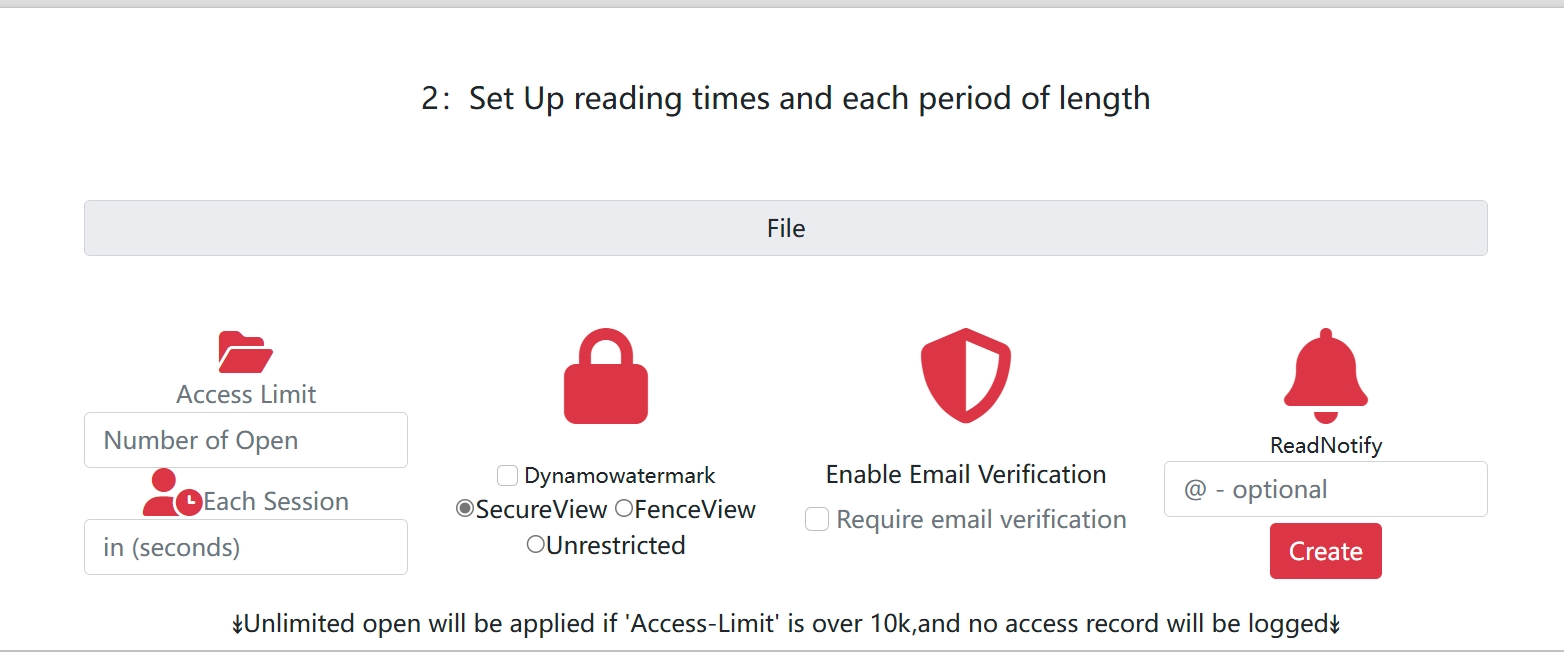
Why People Forward PDFs (And Why You Want to Stop It)
They Think It’s Helpful “Oh, this is great content, let me share it with my friend who might be interested.”
They Don’t Realize It’s Protected Most people don’t think twice about forwarding a PDF file they received.
No Obvious Restrictions When you send a regular PDF file, there’s nothing stopping them from sharing it.
Why This Hurts You:
- Your work reaches unintended audiences
- Potential customers get it for free instead of paying
- Competitors access your strategies and ideas
- You lose control over your brand and content
The Problem with Regular PDF Files
When you send a traditional PDF:
- It downloads to their device
- They own a copy forever
- They can forward it to anyone
- You have zero control after sending
- No way to track who has it
It’s like giving someone a book and hoping they don’t lend it to others. Good luck with that.
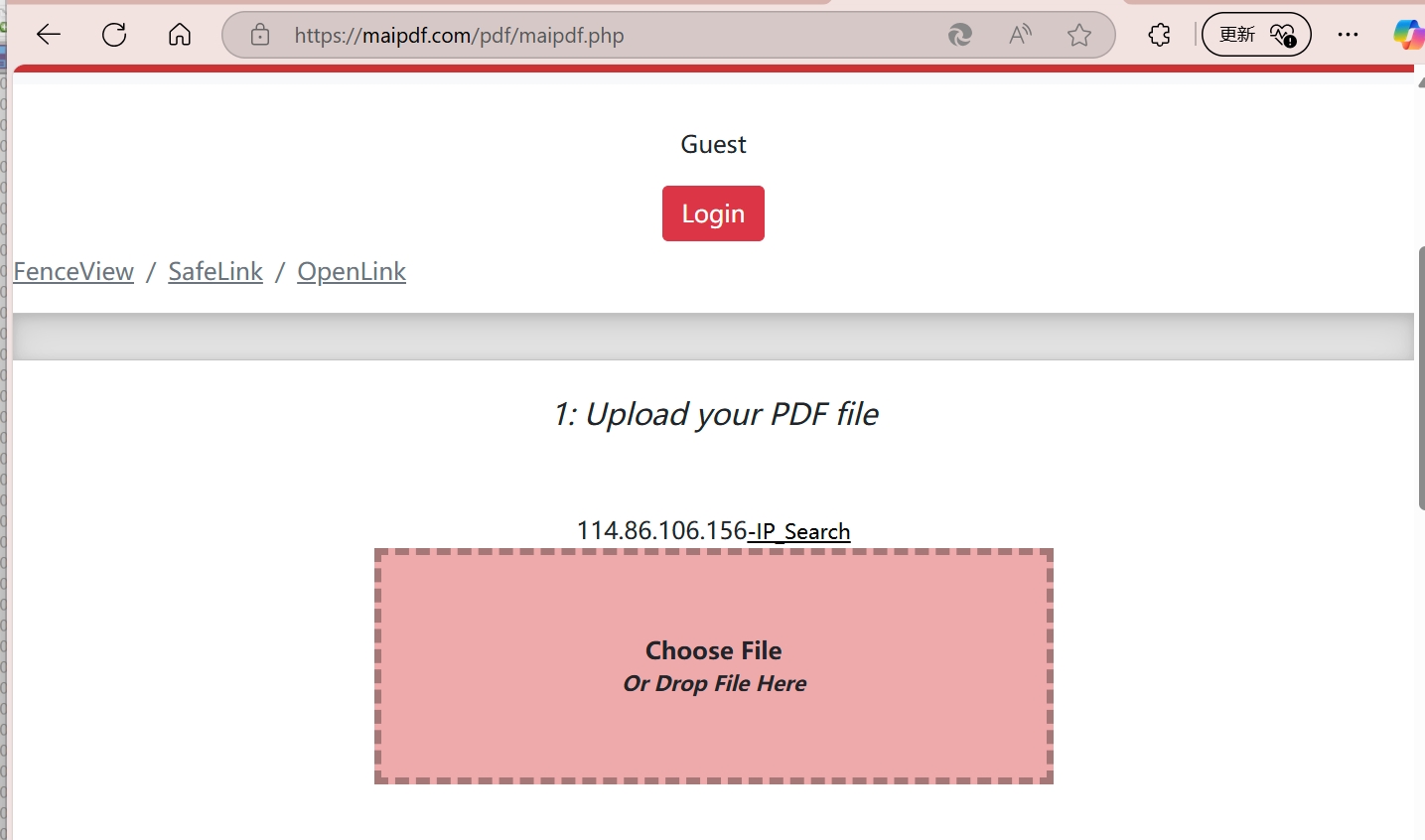
Smart Ways to Prevent PDF Forwarding
Method 1: Use Protected Links Instead of Files
Instead of sending the actual PDF file, create a protected link using services like MaiPDF. This is the most effective modern solution for preventing PDF forwarding. Learn more about converting PDFs to secure links and comprehensive PDF sharing solutions.
How It Works:
- Upload your PDF to a protection service
- Get a secure link instead of a file
- Share the link (not the PDF)
- Recipients view through the protected system
- You control access completely
Why This Stops Forwarding:
- They can’t forward a file they don’t have
- The link can expire automatically
- You can set view limits
- Sharing the link doesn’t give others the content
Method 2: Email Verification Gates
Set up your PDF so people must enter their email before viewing:
Benefits:
- You know exactly who accessed it
- Creates a barrier to casual forwarding
- People less likely to share if they had to “register”
- You can block specific email domains
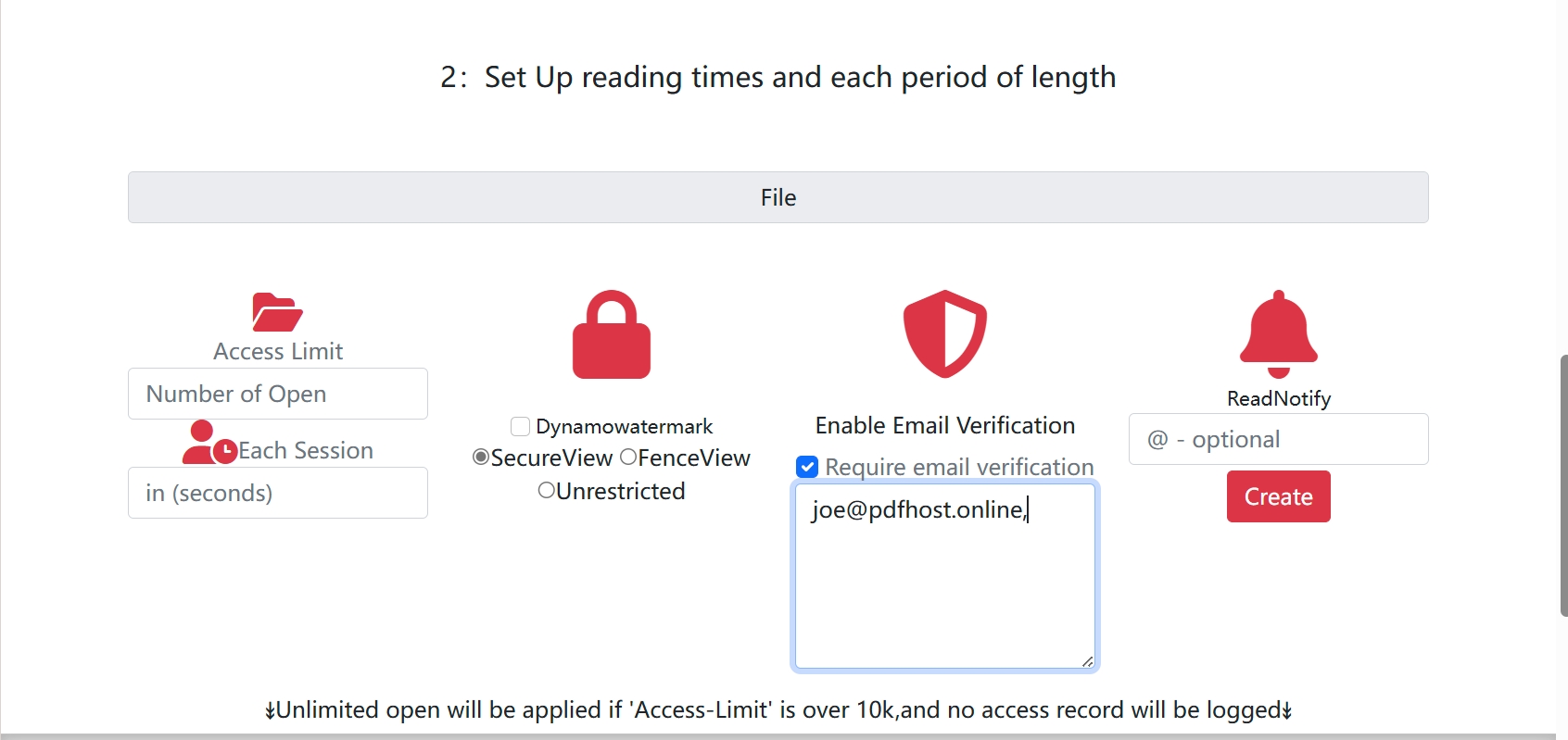
Method 3: View Limits and Expiration
Set automatic restrictions:
View Count Limits:
- “This PDF can only be opened 50 times total”
- Once limit hits, link stops working
- Prevents mass distribution
Time-Based Expiration:
- “Access expires in 7 days”
- Perfect for time-sensitive content
- Automatic cleanup
Per-Person Limits:
- “Each person can only view this 3 times”
- Stops people from excessive sharing
- Maintains some access for legitimate use
Real Examples of Anti-Forwarding in Action
Photography Portfolio
- Problem: Clients forwarding portfolio to other photographers
- Solution: 5 views per client, watermarked with viewer’s email, 14-day expiration
- Result: Clients see the work but can’t easily share it
Business Proposal
- Problem: Proposals being shared with competitors
- Solution: Email verification required, view-only mode, expires after 30 days
- Result: Prospects can review but can’t forward to others
Training Materials
- Problem: Students sharing paid course materials freely
- Solution: 3 views per student, tied to enrollment email, expires end of semester
- Result: Students get access but materials don’t spread beyond the class
Family Documents
- Problem: Sensitive family info being shared inappropriately
- Solution: Strict view limits, short expiration, view-only mode
- Result: Family members can access but documents don’t leak
Advanced Anti-Forwarding Techniques
Watermarking with Personal Info
Add dynamic watermarks that show:
- Viewer’s email address
- Date/time of access
- “CONFIDENTIAL - Not for redistribution”
Psychology: People less likely to forward something with their name on it.
View-Only Mode (No Downloads)
Prevent people from saving the PDF:
- They can read it online
- Can’t download to share later
- Reduces forwarding significantly
Geographic Restrictions
Some services let you:
- Block access from certain countries
- Limit to specific regions
- Perfect for location-specific content
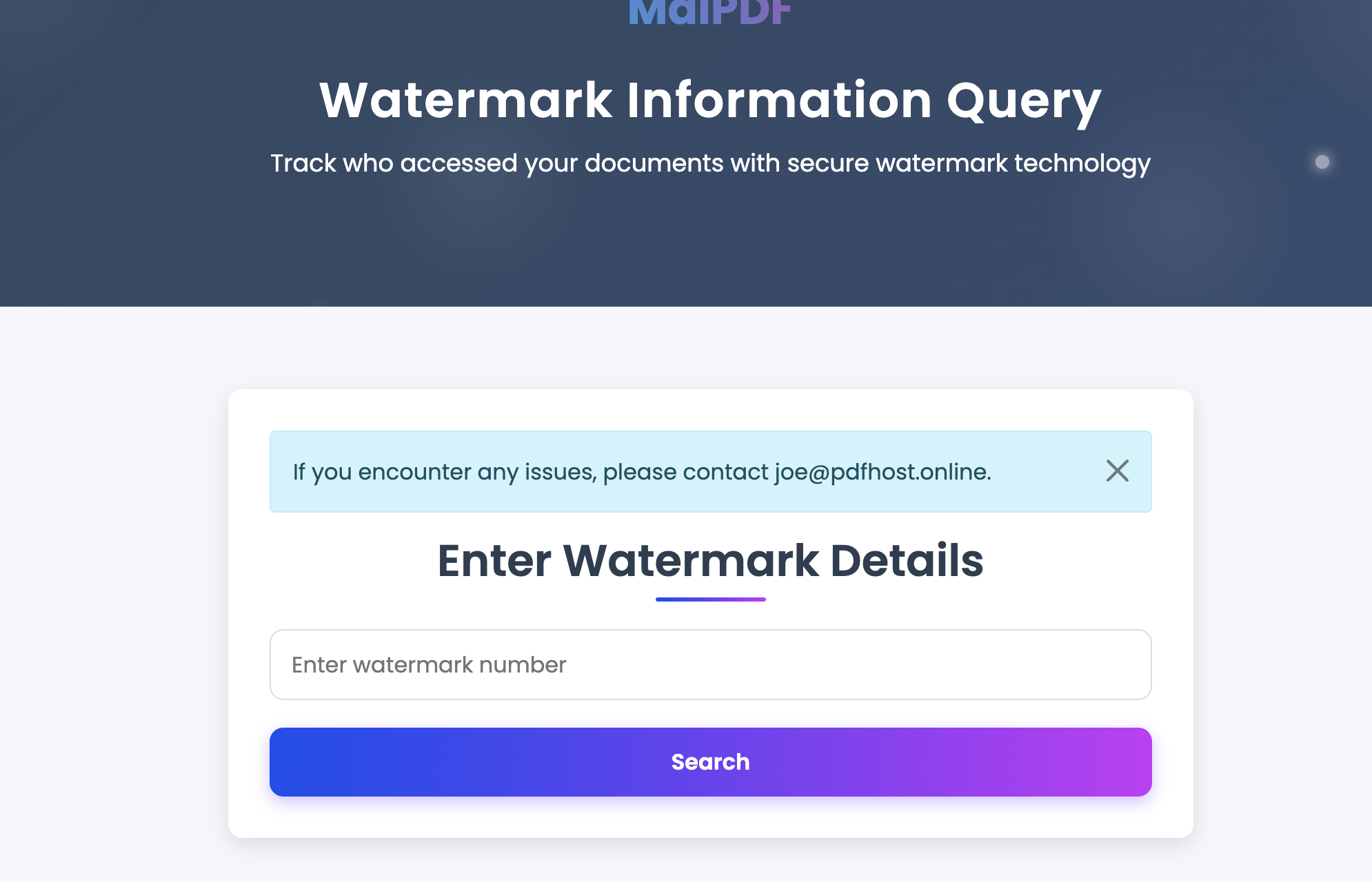
Setting Up Your First Anti-Forwarding PDF
Step 1: Choose Your Protection Level
Basic Protection:
- Upload PDF to protection service
- Set 30-day expiration
- Require email verification
- Enable basic watermarking
Medium Protection:
- Add view count limits (like 100 total)
- Set per-person limits (like 5 views each)
- Enable view-only mode (no downloads)
- Use personalized watermarks
High Protection:
- Strict view limits (like 20 total)
- Short expiration (like 7 days)
- Geographic restrictions if needed
- Real-time access monitoring
Step 2: Test It Yourself
- Click your own protected link
- Make sure it works as expected
- Check that watermarks appear correctly
- Verify restrictions are working
Step 3: Share Strategically
- Send protected links, not files
- Add context: “Please don’t share this link”
- Monitor access through analytics
- Adjust settings based on behavior
What About Screenshots and Copying?
Reality Check: Nothing can prevent screenshots or photos of screens. But you can make it harder and less appealing:
Deterrents That Work:
- Watermarks with personal info discourage sharing screenshots
- View limits mean they can’t easily refer back to screenshot later
- Legal disclaimers create psychological barriers
- High-quality protected viewing is better than low-quality screenshots
Common Questions About Preventing Forwarding
“Can people still share the protected link?” Yes, but sharing the link doesn’t guarantee access. You control who can actually view the content.
“What if someone really wants to share it?” Determined people will find ways. The goal is stopping casual, thoughtless forwarding.
“Is this too restrictive for normal use?” Start with loose restrictions. You can always tighten them based on how people behave.
“What about legitimate sharing needs?” Set reasonable limits that allow normal use but prevent abuse.
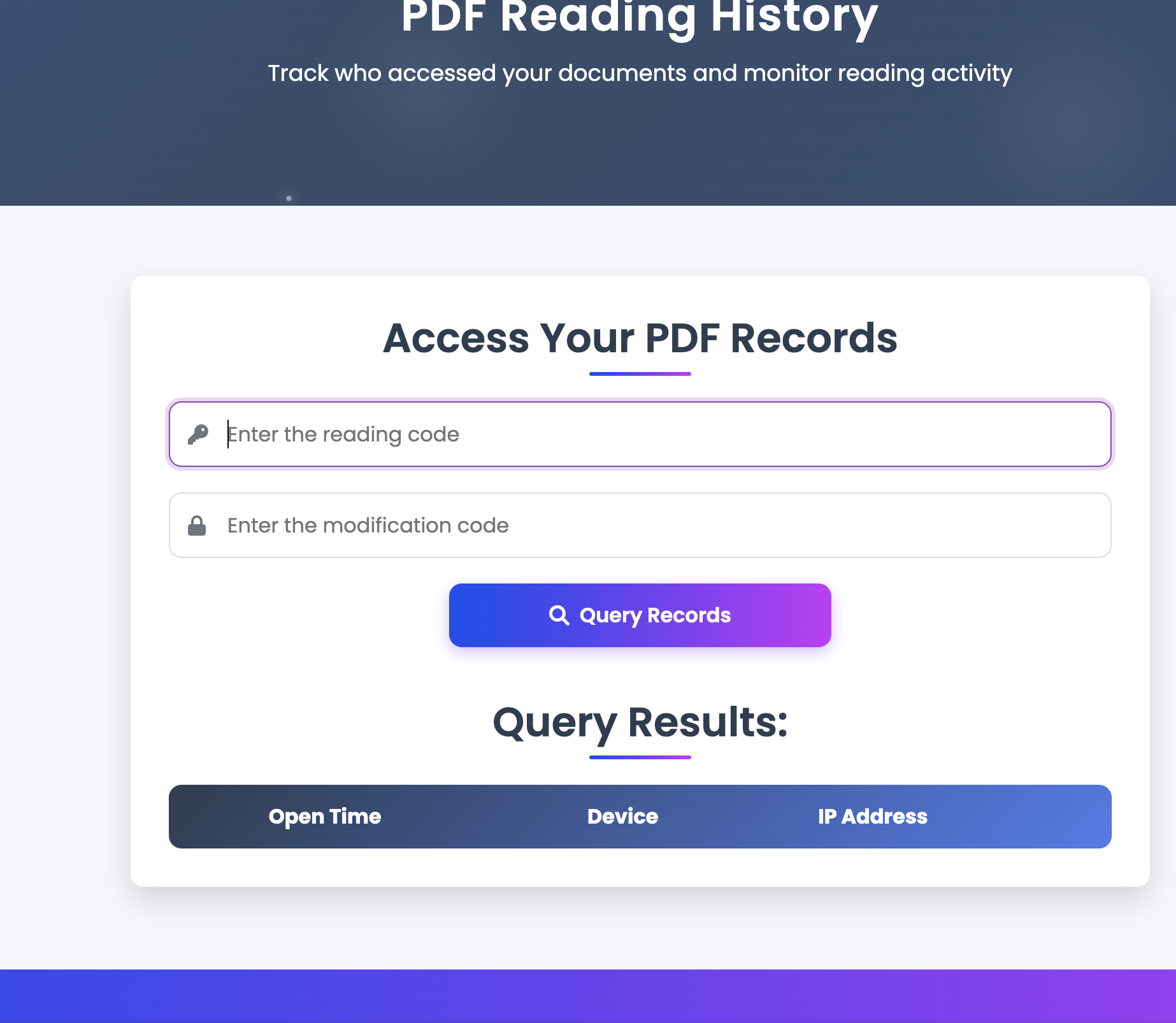
The Psychology of Forwarding Prevention
Creating Friction Even small barriers (like email verification) dramatically reduce casual sharing.
Personal Accountability When people know they’re being tracked, they behave more responsibly.
Perceived Value Protected content feels more valuable and exclusive.
Social Norms When sharing requires effort, people think twice about whether it’s appropriate.
Making Anti-Forwarding Your Default
Week 1: Try protection on one important document. See how it changes recipient behavior.
Week 2: Protect anything you share with multiple people. Notice fewer forwarding issues.
Week 3: Add tracking and analytics. Start understanding how people actually use your documents.
Week 4: Realize you’ve solved the forwarding problem without being overly restrictive.
The Bottom Line
You can’t stop people from forwarding regular PDF files. But you can stop sending regular PDF files.
Switch to protected links with reasonable restrictions. Most people respect boundaries when they exist, and the few who don’t will be stopped by the technical barriers.
Your content deserves protection, and preventing unauthorized forwarding is just good digital hygiene in 2025.
Related Guides and Resources
Learn More About PDF Security:
- Complete Guide to PDF DRM Protection - Comprehensive digital rights management
- PDF Security Best Practices - Advanced security techniques
- How to Prevent PDF Editing - Edit protection methods
- Online PDF Protection Solutions - Cloud-based security
PDF Sharing Alternatives:
- PDF to Link Generator Guide - Create secure shareable links
- QR Code PDF Sharing - Mobile-friendly sharing methods
- PDF vs Cloud Storage Comparison - Choose the best method
Advanced Topics:
- PDF Access Control and Tracking - Monitor document usage
- Mobile PDF Sharing Solutions - Optimize for mobile devices
- Enterprise PDF Security - Business-level protection strategies
Explore All Solutions:
- Complete PDF Security Center - All security solutions in one place
- PDF Sharing Methods Comparison - Compare all sharing options
- PDF Tools and Features - Complete tool suite overview
Try protecting one PDF this week. You’ll be amazed how much more secure you feel about sharing your work.
Ready to stop PDF forwarding? Start using MaiPDF’s secure sharing platform today and experience complete control over your documents.